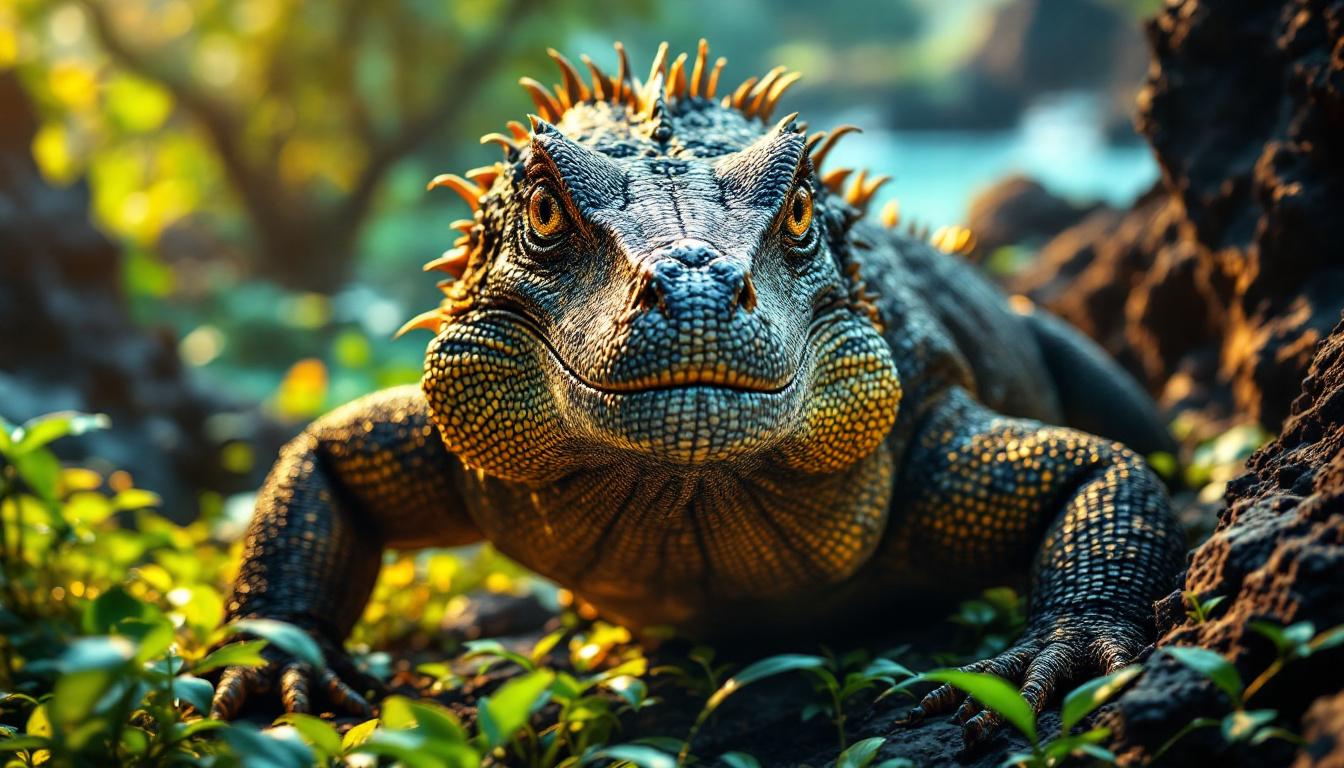Most travelers assume reaching Indonesia’s legendary dragon islands requires days of complex island-hopping through remote waters. The reality couldn’t be more different. Komodo National Park sits just 90 minutes by direct flight from Bali, making this UNESCO World Heritage site more accessible than many European weekend getaways.
What locals call Asia’s Galapagos has quietly become one of Southeast Asia’s most reachable natural wonders. While tourists crowd Bali’s beaches, this tiny volcanic archipelago offers encounters with the world’s largest lizards and pristine coral reefs that rival any tropical paradise.
The accessibility surprise extends beyond flights. Modern ferry systems connect Labuan Bajo port to the main islands in under two hours, with comfortable day trips and luxury liveaboard options available year-round.
The flight connection that changes everything
Daily direct flights from major Indonesian hubs
Five airlines operate 31 weekly flights between Bali’s Denpasar Airport and Labuan Bajo, the gateway to Komodo. Garuda Indonesia, AirAsia, Wings Air, Batik Air, and Citilink compete on this route, keeping prices competitive and schedules flexible. The 70-minute flight costs roughly the same as domestic flights within Australia or short European hops.
International connections through regional hubs
Direct international flights now connect Kuala Lumpur to Labuan Bajo via AirAsia, while Jakarta offers multiple daily connections. This infrastructure development has transformed what was once a multi-day expedition into a comfortable same-day journey from most Asian capitals.
Ferry access that defies expectations
Modern boat infrastructure serving the islands
Labuan Bajo’s upgraded port facility handles everything from budget day boats to luxury liveaboards. Regular ferries reach Rinca Island in 90 minutes and Komodo Island in two hours, with calm seas guaranteed during the dry season months of April through October.
Accommodation options supporting easy access
Over 21 hotels now operate in Labuan Bajo, from backpacker hostels to five-star resorts with private boat transfers. This infrastructure supports travelers seeking alternatives to overcrowded Bali without sacrificing comfort or convenience.
The July advantage for dragon encounters
Optimal weather conditions for wildlife viewing
July represents peak dry season, ensuring clear visibility for photographing Komodo dragons and comfortable hiking conditions on the islands’ volcanic trails. Morning temperatures hover around 26°C, perfect for the early dragon tracking tours when these ancient predators are most active.
Marine conditions perfect for diving and snorkeling
Calm seas and excellent visibility make July ideal for exploring the Coral Triangle’s marine biodiversity. The absence of monsoon winds means reliable boat schedules and comfortable diving conditions throughout the month, maximizing your chances of encountering manta rays and reef sharks.
Dispelling the remoteness myth
Comparing travel times to other island destinations
Reaching Komodo from Sydney takes roughly the same time as flying to Fiji, while Europeans can arrive faster than traveling to many Caribbean islands. The total journey from London involves just two flights with a brief Jakarta stopover, often quicker than reaching authentic wildlife destinations like the Galapagos.
Infrastructure supporting spontaneous visits
Unlike remote conservation areas requiring months of advance booking, Komodo welcomes visitors with same-week availability on tours and accommodations. Park entry fees are reasonable, and no special permits are required beyond standard Indonesian tourist visas.
Why locals embrace accessible tourism
The Ata Modo communities living near Komodo National Park have partnered with conservation efforts, creating sustainable tourism opportunities that protect their cultural heritage while providing economic benefits. Local guides offer authentic insights into living alongside the world’s most formidable lizards.
This accessibility revolution means you can experience one of Earth’s most extraordinary wildlife sanctuaries as easily as visiting any tropical island. The dragons that once required expedition-level planning now await just hours from your nearest international airport, proving that Indonesia’s greatest treasures are far more reachable than most travelers imagine.
